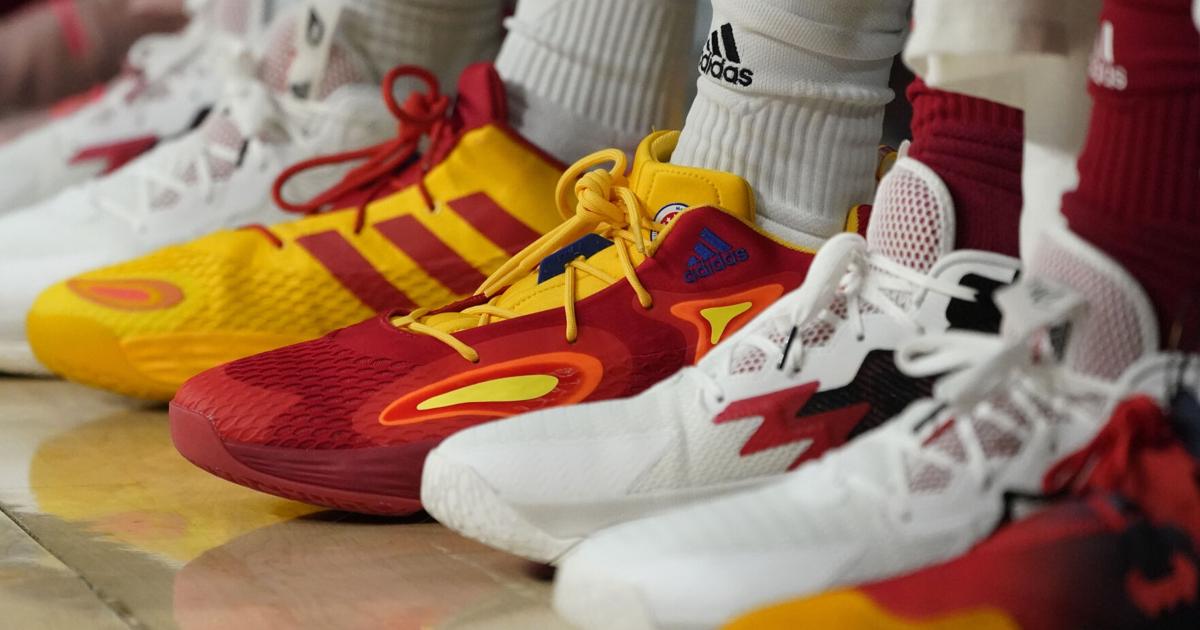Immediate gratification catches up with US consumers | northwest

NEW YORK — Americans love “buy now, pay later” services, but the “pay later” part is becoming increasingly difficult for some borrowers.
Buy now, pay later Loans allow users to pay for items such as new sneakers, electronics or luxury goods in installments. Companies like Affirm, Afterpay, Klarna and PayPal have developed popular financial products around these short-term loans, especially for younger borrowers who fear endless credit card debt.
